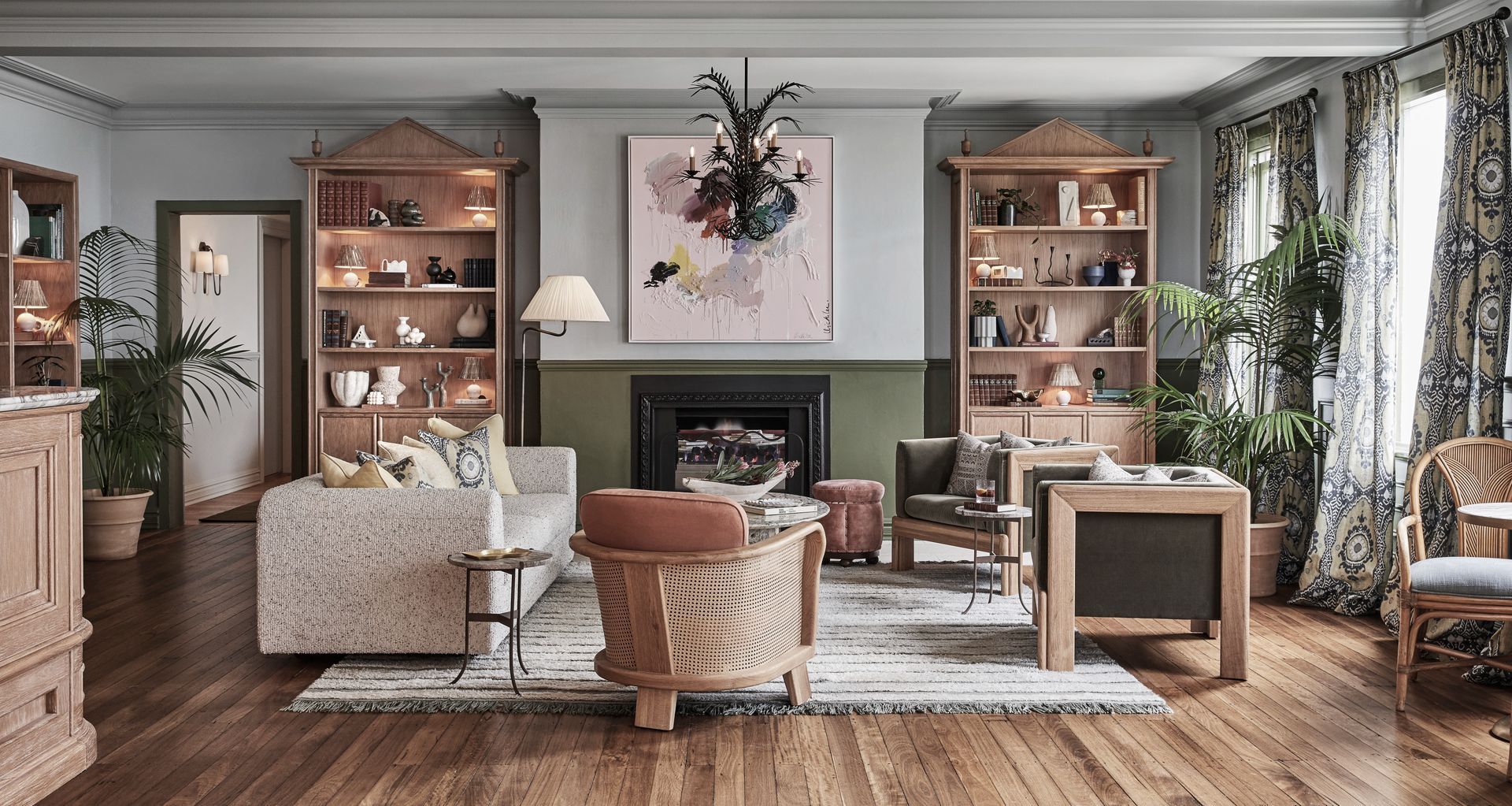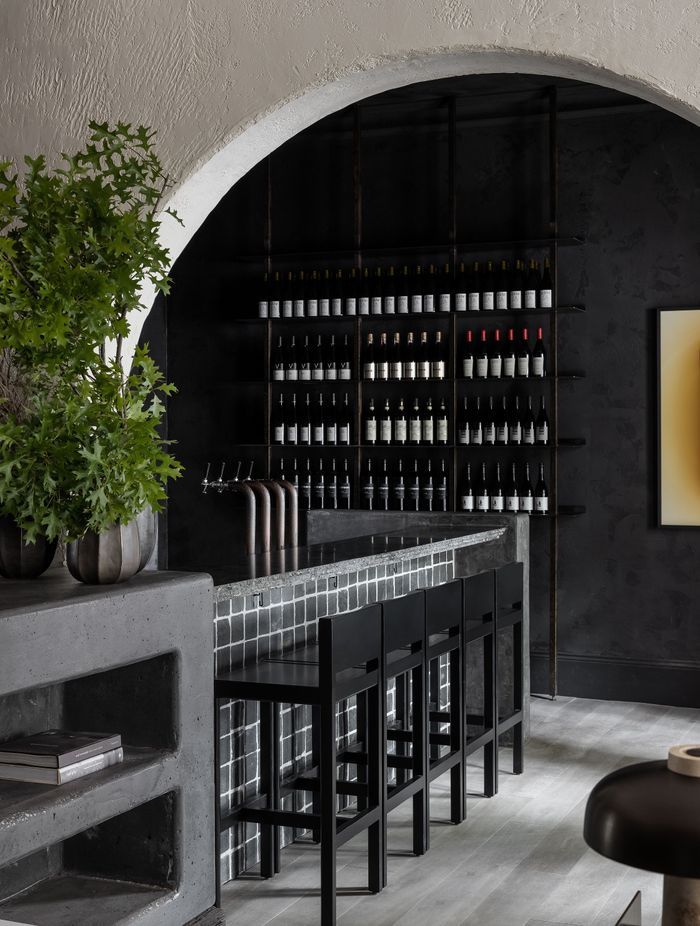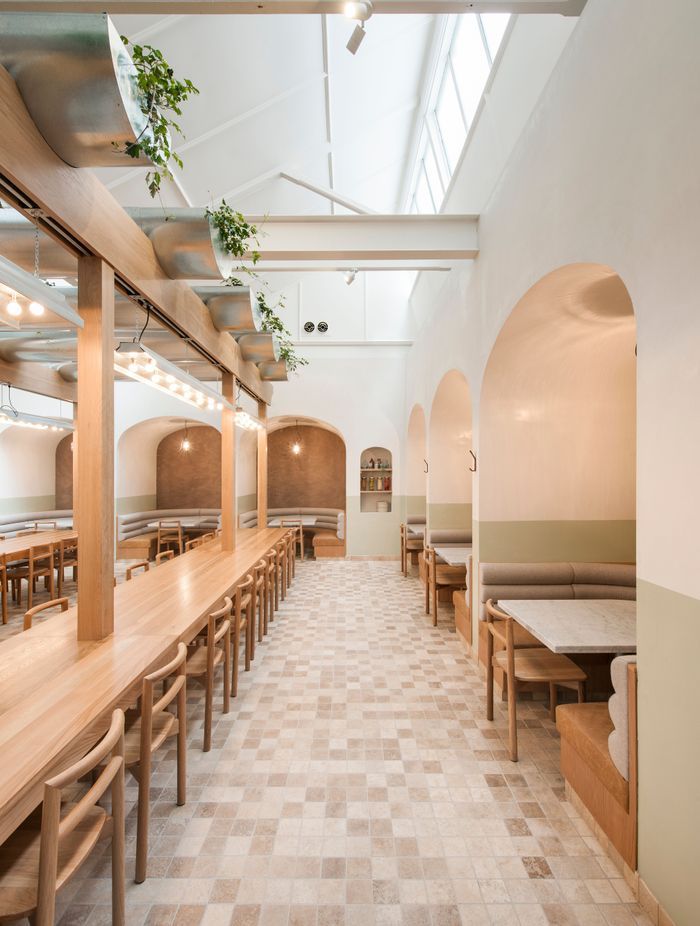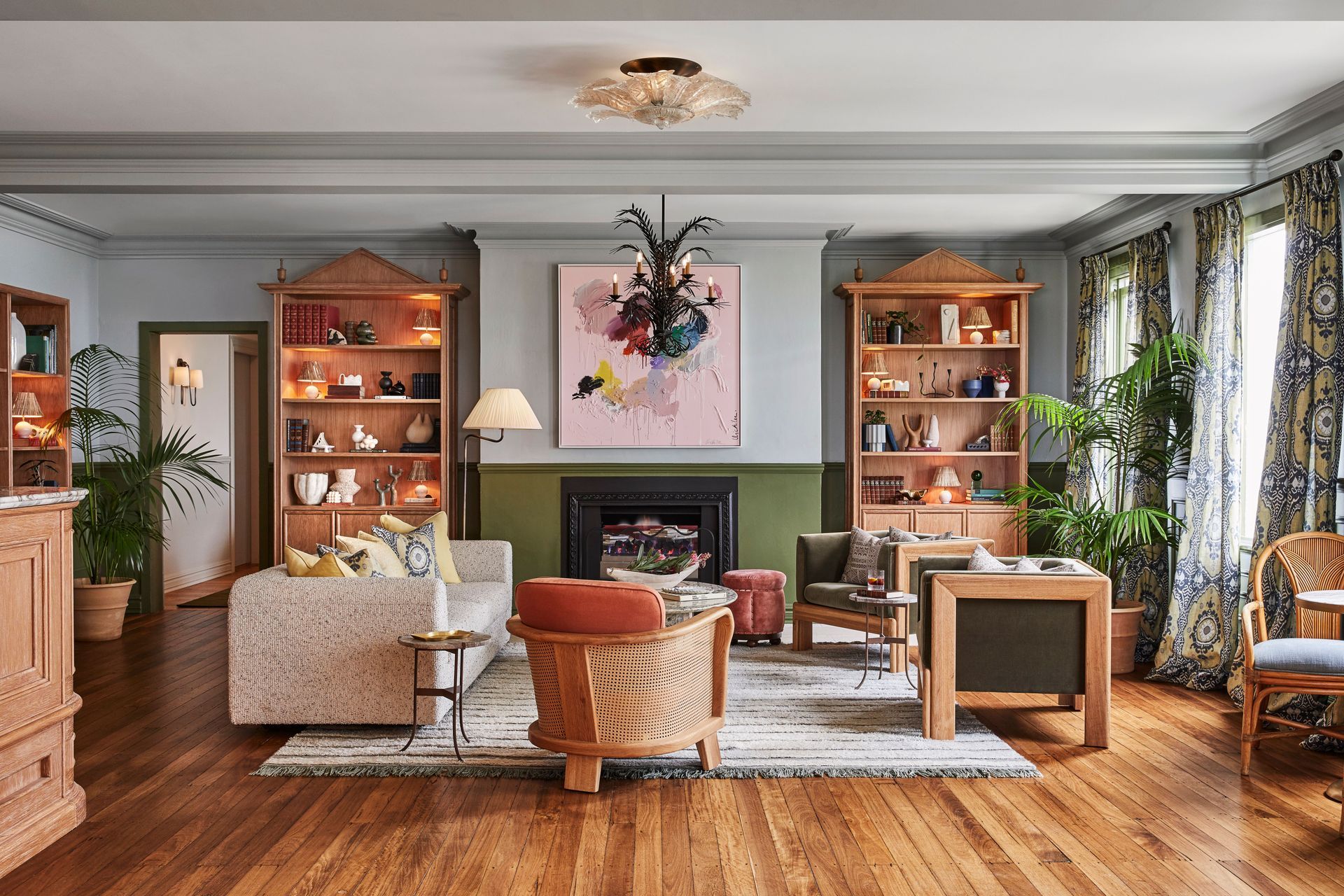People-centric solutions are the key to designing destinations that go the distance
Written by
19 October 2022
•
4 min read

Devastating bushfires and a rapidly-spreading pandemic set the tone for the year 2020 and it took the better part of two years for the country to begin functioning as it once had. Despite this, our hardest hit industries such as retail, hospitality and tourism recovered rapidly thanks to domestic-led recovery.
In 2021, more than 70% of domestic travellers flocked to regional Australia to escape the cities where they’d been locked down for months, and one in three of those travellers set upon their adventure without a specific destination in mind. Instead, domestic travellers are now pursuing experiences and positive human interaction rather than the destination itself.

To explore this phenomenon and how it has impacted the design and architectural industry, Design Show Australia hosted a panel called the Resurgence of Australian Tourism: Designing Destinations, hosted by Juliet Ashworth, owner and creative director of interior architectural firm CHADA. During the panel, it quickly became evident that the key to developing a self-sustaining and long-lived destination – be it a hotel, restaurant, bar or similar venue – is people-centric design that addresses the needs of both staff and clientele.

Taking staff into consideration
Sarah Phillipson, director of SP Hotel Consulting Services, explains that no destination can be designed without first establishing the feasibility and staffing requirements of the development itself. The ability of the business to receive daily deliveries of food, beverages, laundry and other essentials will determine the requirement for storage or self-management, while the location will determine how difficult it will be to obtain and keep staff. “Australia’s current rental crunch will affect your ability to get staff to regional places," says Sarah, citing housing affordability as a key consideration. “Your back of house becomes the focus – providing not just accommodation to guests, but staff housing or utilities so the development is self-sustaining.”

Addressing the needs of the contemporary traveller
Juliet explained that travelers previously chose an accommodation option based on whether it had a comfy bed, a convenient location and affordable rate, but today’s traveller has a more complex set of desires that sees consumers seeking out a location that offers a unique experience, a beautiful aesthetic, local food and beverages, and personalised interactions.
Read now: Home suite home: the rise of boutique hotels in Australia
Emily Addison, senior associate at Studio Tate, recently worked on a refurbishment of a Holiday Inn in Werribee. The client wanted to rethink how the public spaces came together and as such, Studio Tate reimagined the lobby into a social hub prioritising food, beverages, places for people to meet and relax, with views of the surrounding landscape. The area ended up consuming the entire level and, although it was developed primarily for guests, this clever focus on social interaction has proved popular with the locals who now keep the venue booked out year round – ensuring a sound return on investment.

Understanding your audience
Graham Charbonneau, director of architectural firm Studio Gram, suggests the key to longevity and designing a venue that appeals to both travellers and locals year round is taking the time to get to know the area in which you plan to position your hotel or venue. “To connect your design to the community, you need to understand the area and what’s on offer,” says Graham. “The experiences that are available – or might be missing – from that area, and responding to that.”
Essentially, designing a destination that offers a return on investment comes down to identifying a gap in the market for an experience, be it an exemplary food offering, event space, accommodation or social space, and filling it in such a way that pleases locals, delights visitors and can be engaged with all year round.
The Resurgence of Australian Tourism: Designing Destinations panel was held at the Design Show Australia, a three-day design event held at Sydney’s International Convention Centre (ICC) from the 20th to 22nd of October.